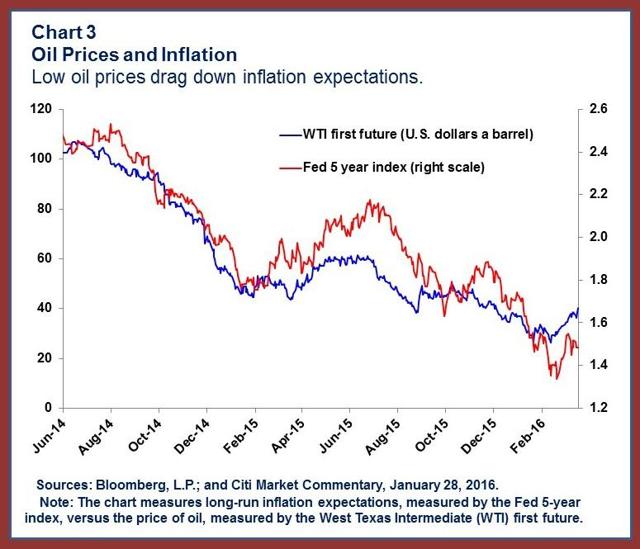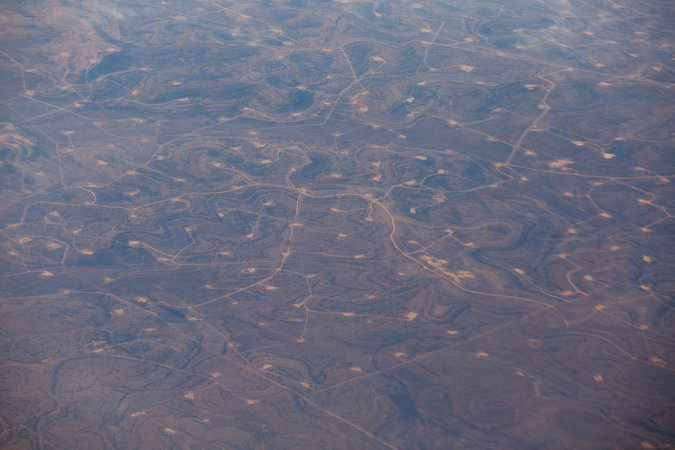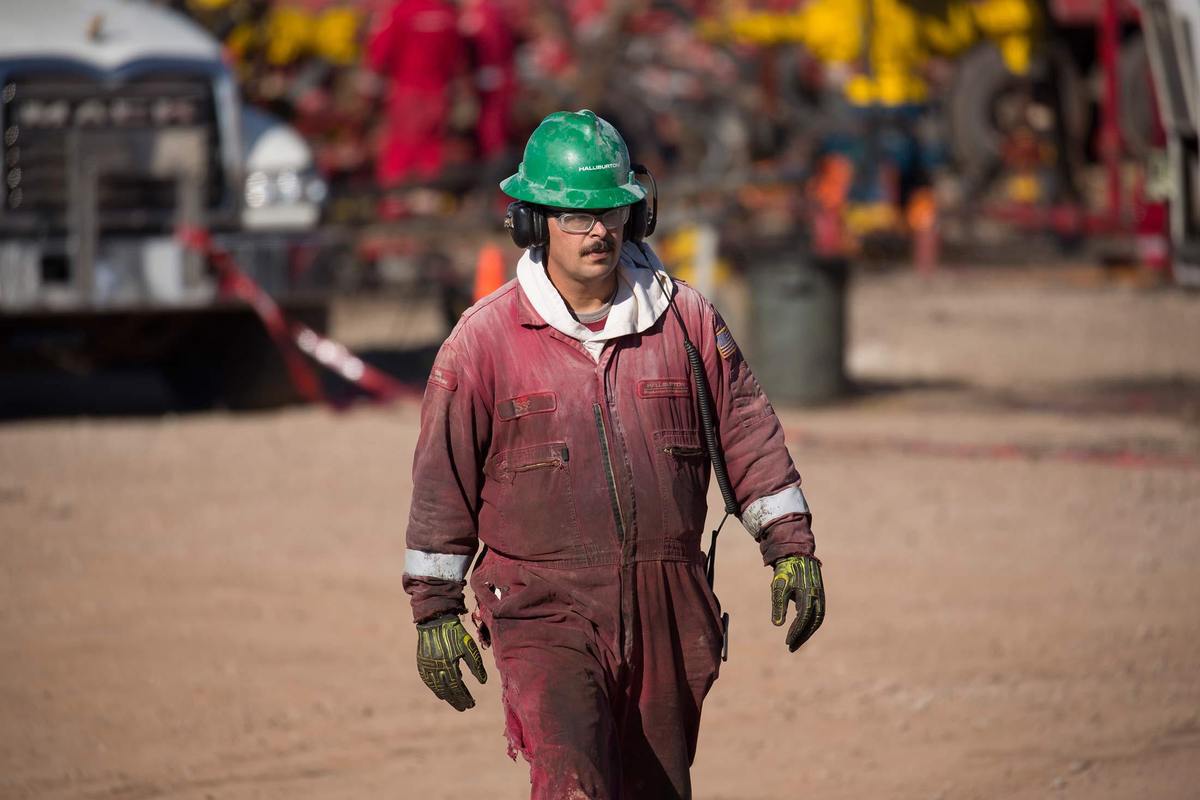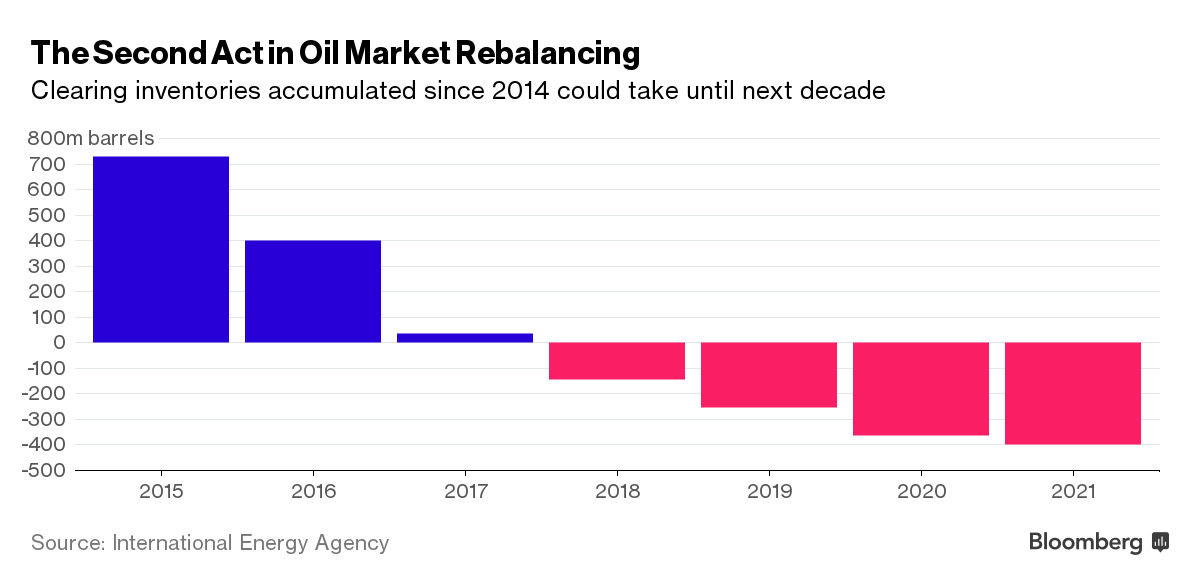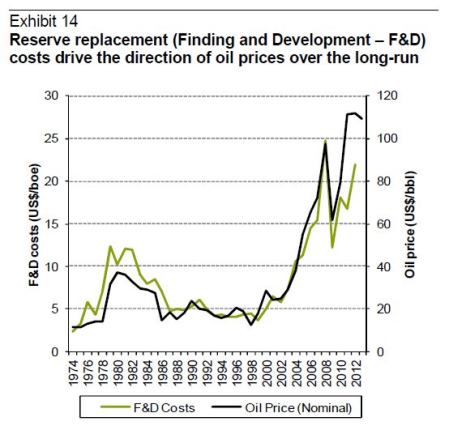Oil Price May Have Bottomed Out But China’s Flat Demand Spells Trouble
(Forbes) As the Brent front-month futures contract stabilizes either side of the $40 per barrel level, and WTI lurks within that range too, a comment by the International Energy Agency that the “oil price may have bottomed out” has triggered a lot of market interest.
In its monthly oil forecast for March, the IEA, which advises on energy policy matters of industrialized nations, noted that non-OPEC oil production would fall by 750,000 barrels per day (bpd) in 2016, compared with its previous estimate of 600,000 bpd. Specifically, US production is forecast to decline by 530,000 bpd this year.

